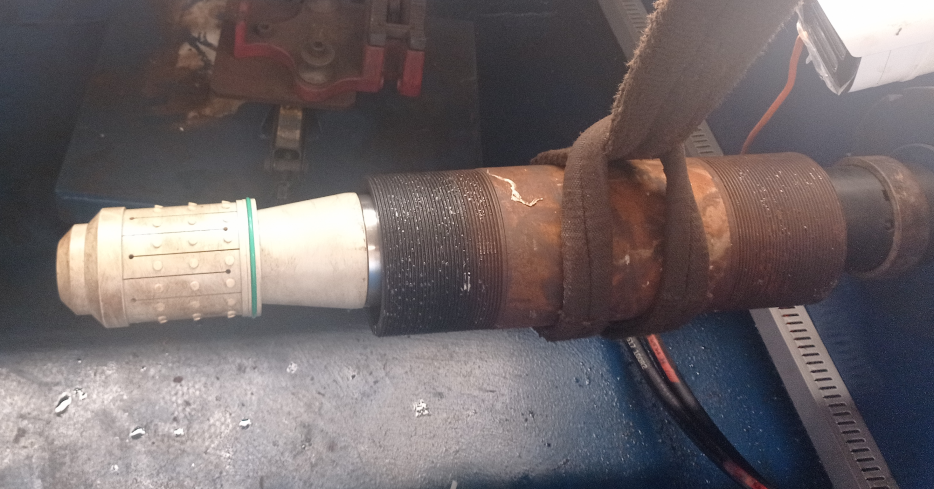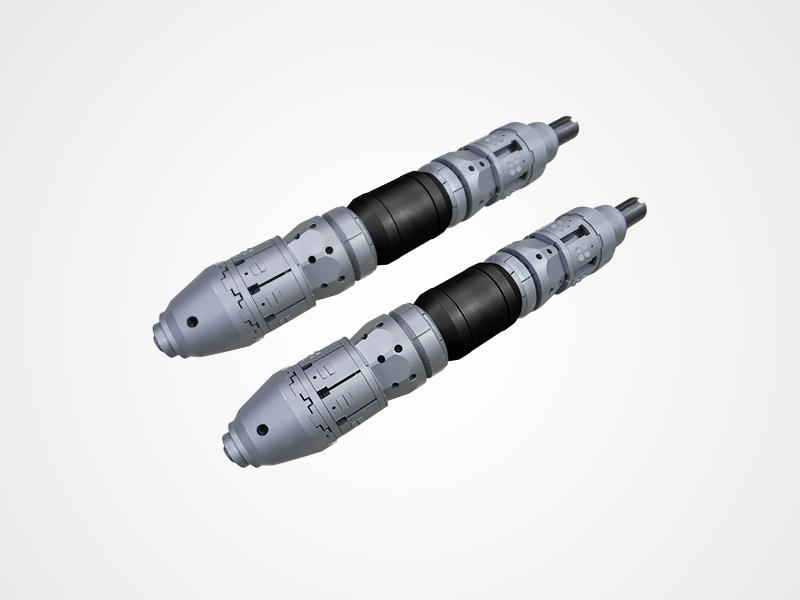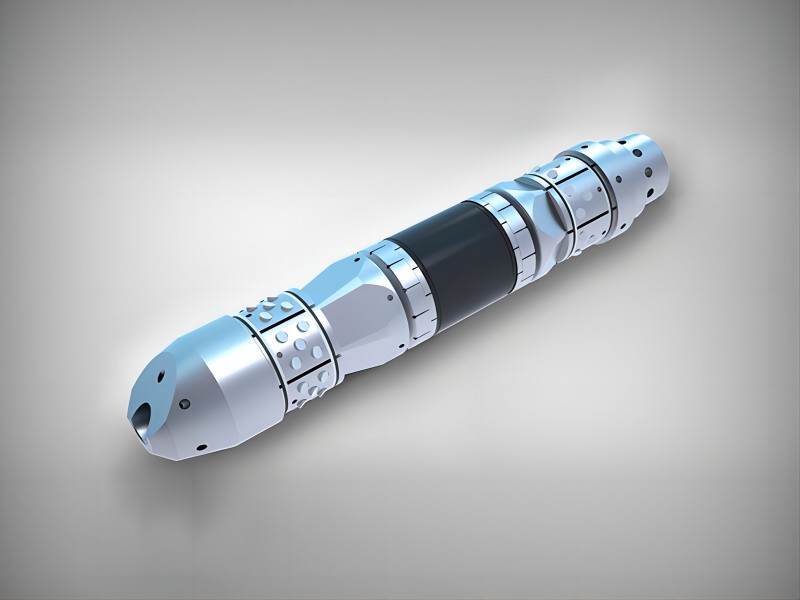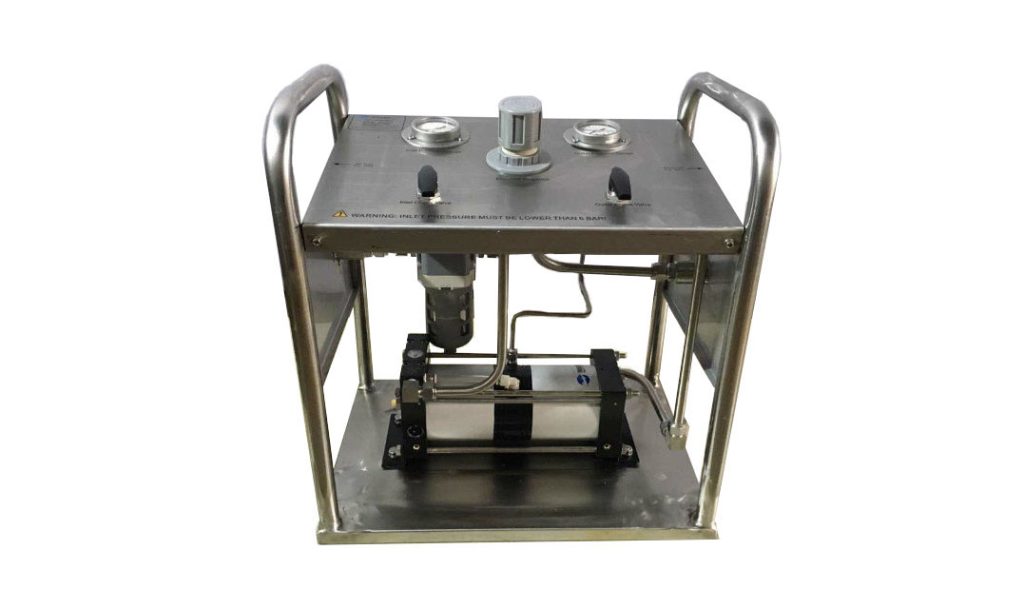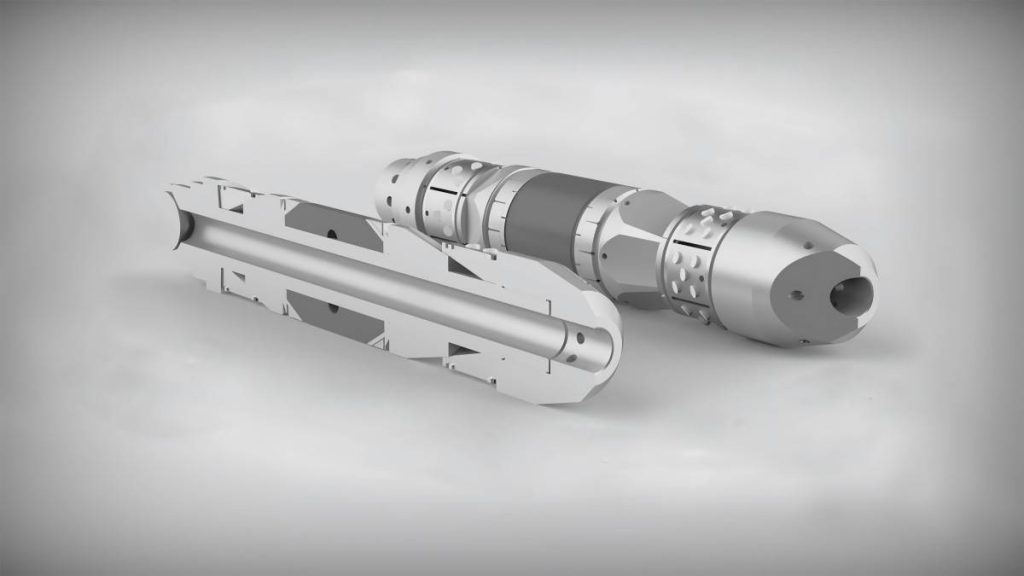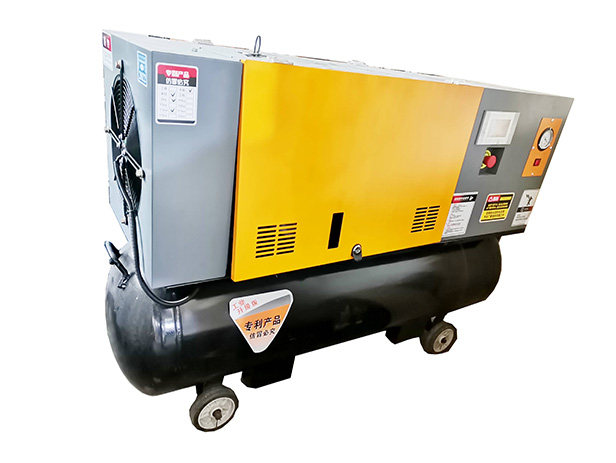Understanding the Dissolution of Frac Balls in the Oil and Gas Industry
Dissolvable frac balls have become increasingly popular in the oil and gas industry for hydraulic fracturing. These balls are designed to dissolve over time, providing a cost-effective alternative to traditional mechanical balls. The rate of dissolution of these balls is a crucial factor that determines the success of the hydraulic fracturing process. In this article, we will discuss the various factors that influence the dissolution rate of dissolvable frac balls in the gas and oil industry.
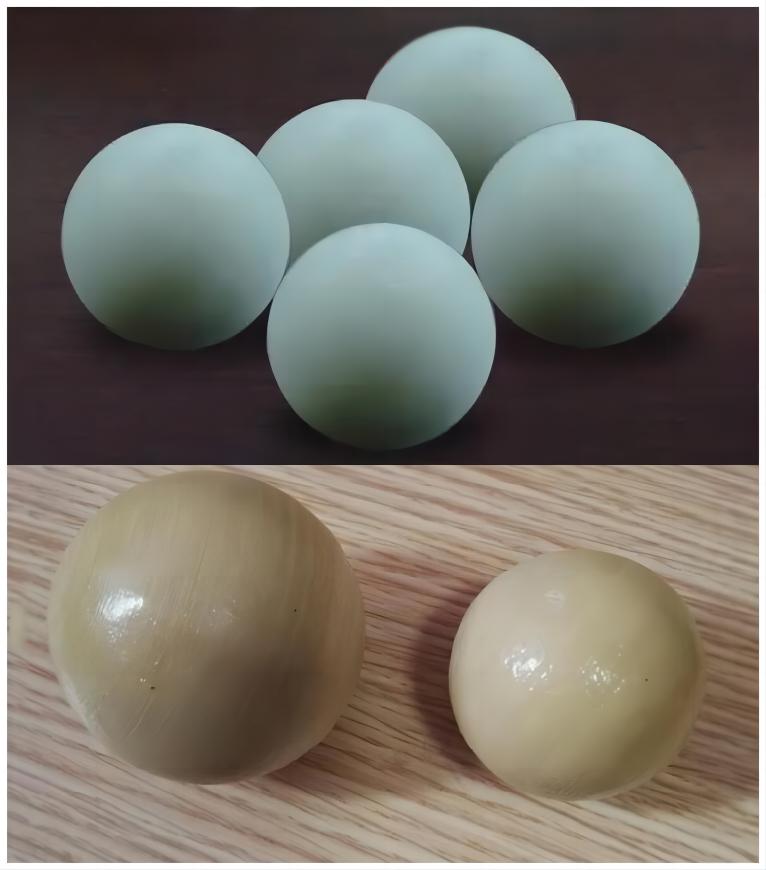
Chemical Factors Affecting Dissolution Rate:
One of the primary factors that affect the dissolution rate of dissolvable frac balls is the pH of the wellbore fluid. Most dissolvable frac balls are made from acid-soluble materials, and the rate of dissolution can be influenced by the pH of the fluid in which they are placed. A lower pH, typically less than 4, will accelerate the dissolution of the ball. A higher pH, greater than 8, will slow down the dissolution rate of the ball.
Temperature is another chemical factor that can affect the dissolution rate of dissolvable frac balls. As the temperature of the wellbore fluid increases, the rate of dissolution of the ball also increases. This is because higher temperatures cause the chemical reaction that dissolves the ball to occur more quickly. However, it is important to note that excessively high temperatures can also cause the ball to dissolve too quickly, which can impact the effectiveness of the hydraulic fracturing process.
The composition of the wellbore fluid can also affect the dissolution rate of dissolvable frac balls. The presence of certain chemicals, such as calcium and magnesium, can reduce the rate of dissolution of the ball. On the other hand, the presence of certain acids, such as hydrochloric acid, can accelerate the dissolution rate.
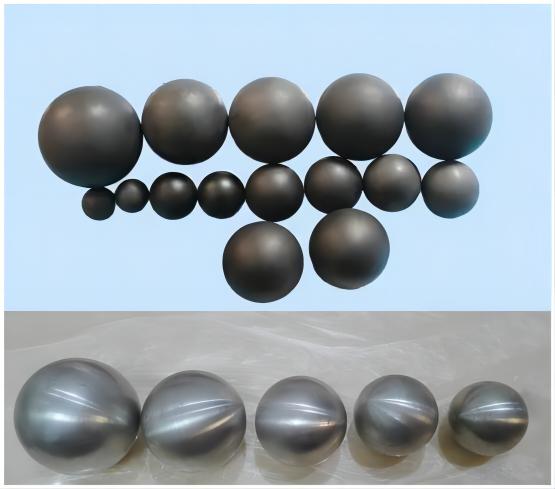
Physical Factors Affecting Dissolution Rate:
Apart from chemical factors, the physical properties of dissolvable frac balls can also influence their dissolution rate. The size and shape of the ball are critical factors in determining the rate of dissolution. Smaller balls will dissolve more quickly than larger balls and irregularly shaped balls may dissolve at different rates in different areas. This is because the chemical reaction responsible for dissolving the ball must occur on the surface, and smaller balls have a greater surface area-to-volume ratio, making them dissolve more quickly.
The pressure of the wellbore fluid is another physical factor that can affect the dissolution rate of dissolvable frac balls. Higher pressures can increase the rate of dissolution as they can force more fluid into the space between the ball and the wellbore, allowing the chemical reaction to occur more quickly. However, as with temperature, excessively high pressures can cause the ball to dissolve too quickly, potentially impacting the effectiveness of the hydraulic fracturing process.
Contact time with the wellbore fluid is another critical physical factor that influences the dissolution rate of dissolvable frac balls. The longer the ball remains in contact with the fluid, the more time there is for the chemical reaction to occur, resulting in faster dissolution.
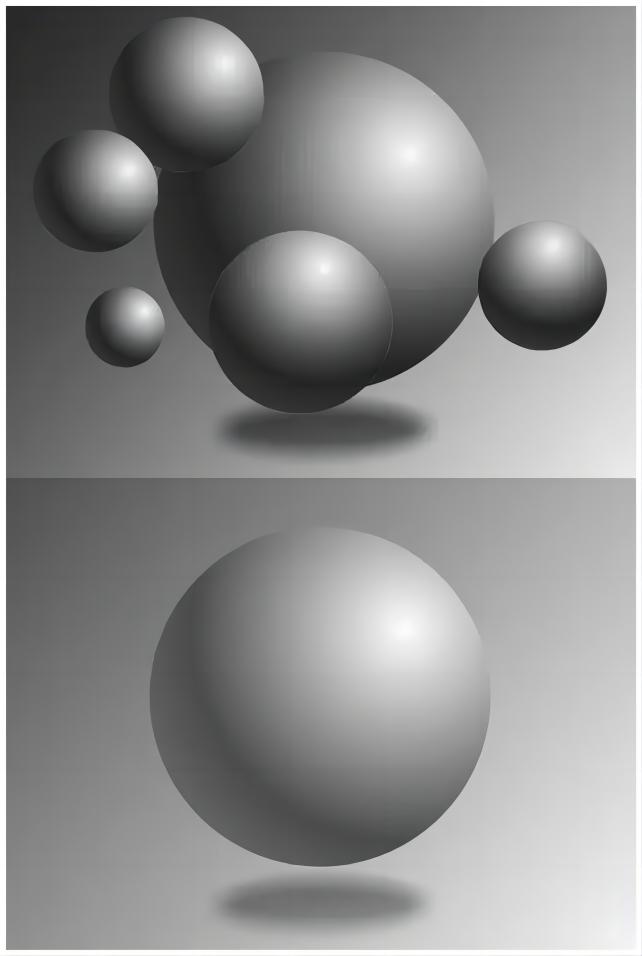
Environmental Factors Affecting Dissolution Rate:
The geological properties of the formation where the hydraulic fracturing takes place can also affect the dissolution rate of dissolvable frac balls. The presence of certain minerals in the formation can react with the wellbore fluid and impact the rate of dissolution of the ball.
The presence of impurities in the wellbore fluid can also affect the dissolution rate of dissolvable frac balls. Impurities such as solid particles or excess salts can interfere with the chemical reaction responsible for dissolving the ball, slowing down the dissolution rate.
Conclusion:
It is important to note that the dissolution rate of dissolvable frac balls is just one aspect of the hydraulic fracturing process, and other factors such as the size and placement of the balls, and the design of the hydraulic fracturing job, also play critical roles in achieving the desired outcome. Nevertheless, understanding the factors that influence the dissolution rate of dissolvable frac balls is an essential step toward optimizing the hydraulic fracturing process and achieving the best possible results.
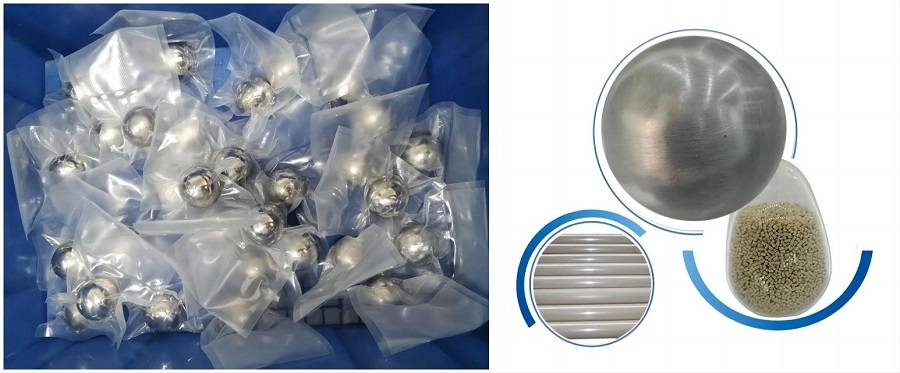
In conclusion, dissolvable frac balls have become an essential component of hydraulic fracturing in the gas and oil industry, providing a cost-effective and efficient alternative to traditional mechanical balls. However, their effectiveness relies heavily on the rate of dissolution, which can be influenced by various factors. Dissolvable frac ball manufacturers must consider these factors and optimize the materials and design to ensure consistent dissolution rates across different wellbore conditions.

